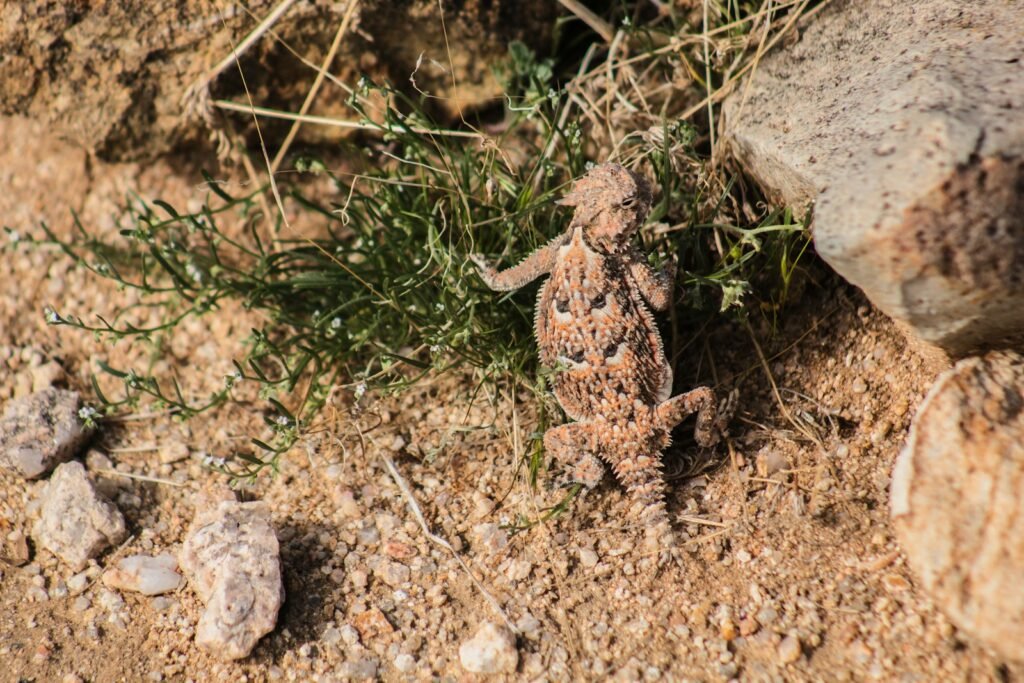In the heat-shimmer of the American Southwest, a palm-sized reptile hides in plain sight, looking more like a thumbprint of gravel than a living thing. Then, when a coyote presses too close, it performs a defense so startling it sounds like folklore: it shoots blood from the corners of its eyes. The horned lizard – often called a horned toad, though it’s no toad at all – has turned self-bleeding into survival. Biologists have studied the spectacle for decades, yet new tools are revealing how targeted, economical, and weirdly elegant this defense really is. It’s a reminder that evolution often solves problems with the strangest, most efficient hacks imaginable.
The Hidden Clues
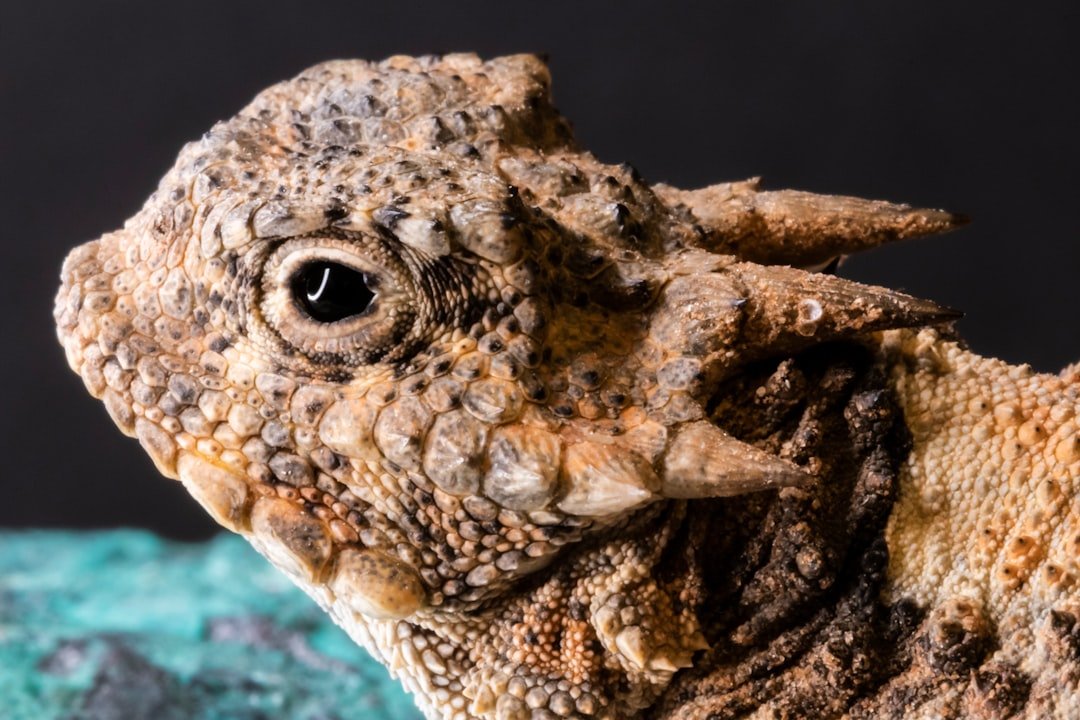
What kind of lizard survives by turning its own eyeballs into squirt guns? The horned lizard’s trick lands somewhere between magic and mechanics, and you only appreciate it once you notice the quiet clues around it – ant mounds, crescent tracks, and the reptile’s sandpaper camouflage. These animals are masters of stillness, blending into pebbled soil until a shadow falls and they decide whether to sprint, bristle, or bleed. I remember kneeling on a West Texas roadside and realizing the “rock” near my shoe had tiny horns and a heartbeat. The surprise felt like opening a door on a familiar house and finding the ocean inside.
That tension – ordinary at first glance, astonishing up close – frames the science to come. Every choice the lizard makes is a trade-off timed to the predator in front of it.
Anatomy of a Shocking Defense

The blood-squirting act starts with pressure, not panic. Muscles around the horned lizard’s ocular sinuses clamp down, briefly trapping venous return and spiking blood pressure until delicate vessels rupture in a controlled way near the eyes. A sudden jet arcs outward – sometimes reaching a few feet – aimed at the face of a would-be attacker. The blood itself isn’t just messy; to many canid predators like coyotes and foxes, it tastes intensely wrong, triggering hesitation or retreat. Birds and snakes, by contrast, often ignore the taste, which is why the lizard saves this expensive move mostly for mammals that sniff and bite.
Before the last-resort spray, the lizard tries cheaper options: flattening to disappear, inflating to look larger, and presenting a spiky skull as a mouthful of regret. Bleeding buys seconds, and seconds are everything.
From Ancient Tools to Modern Science
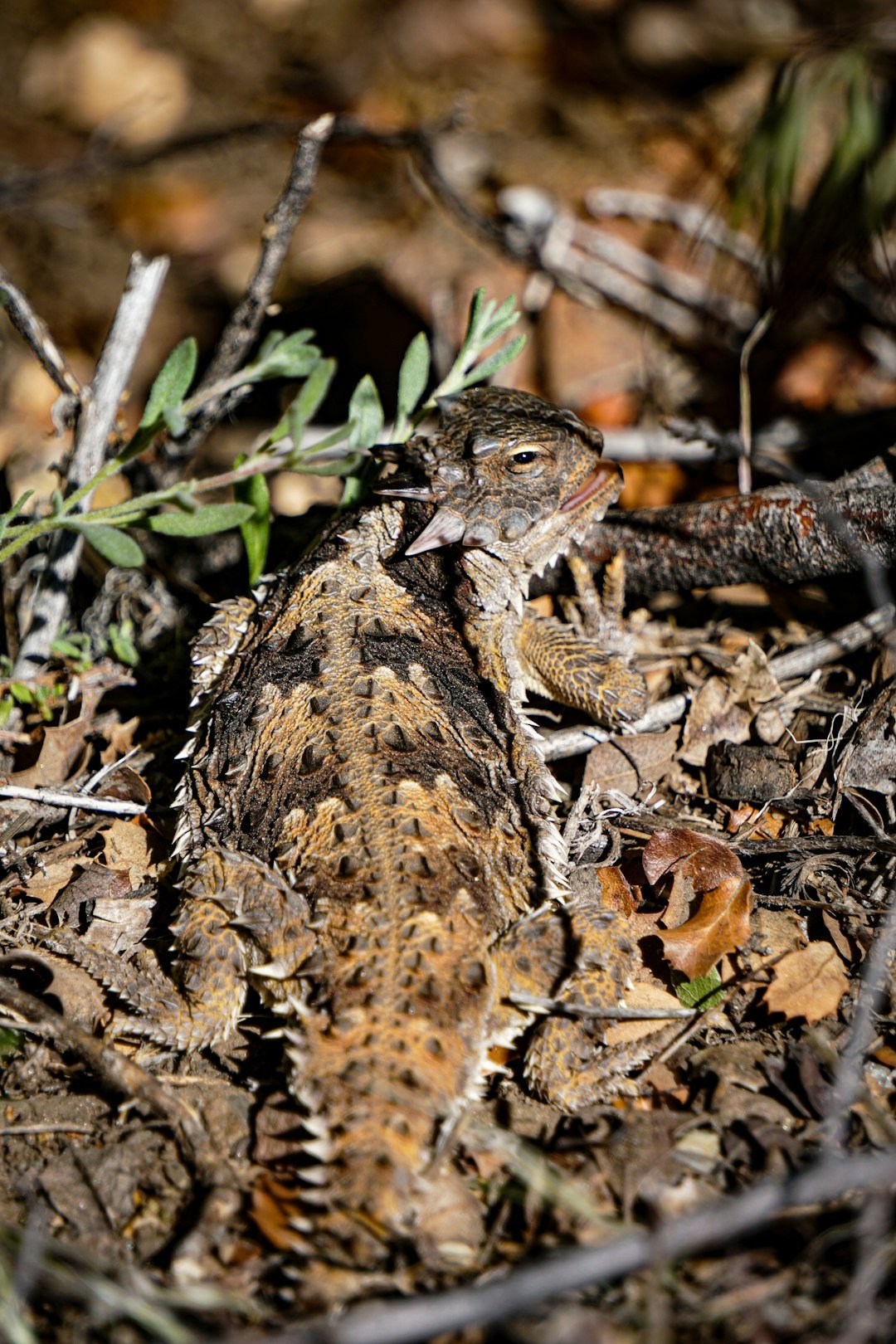
Stories about “horned toads that cry blood” spread with rail lines and cattle trails, but they were more campfire lore than lab insight for a long time. Early naturalists described the behavior but couldn’t probe the pressure dynamics, the anatomy of the sinuses, or the decision rules that trigger a spray. Today, high-speed video, tiny data loggers, and medical-style imaging give researchers sharper eyes on a lizard that rarely performs on cue. Field teams combine behavioral observations with careful handling to infer thresholds: when camouflage fails, when inflation deters, and when blood is worth the cost. The picture that emerges is not random drama, but a tiered playbook tuned to the predator’s approach angle and persistence.
It’s an old defense under new light – one more example of how technology lets us decode tricks that existed long before we had names for them.
What the Blood Reveals

The blood isn’t venom, but it isn’t neutral either. Horned lizards live largely on harvester ants, and researchers suspect that metabolites from this specialized diet help make the blood particularly foul to canids. The mixture likely contains a cocktail of compounds that hit taste and smell simultaneously, buying the lizard the disgust reaction it needs. That said, it’s not a bottomless resource; autohemorrhaging is costly, and the lizard must balance defense with the need to keep enough circulating blood to escape and recover. Individuals that spray too often or when the stakes are low probably pay a fitness price.
In other words, the crimson flash is a calculated expense, not a habit. Nature makes even the weirdest checks out of limited accounts.
Predators, Pressure, and Playbooks
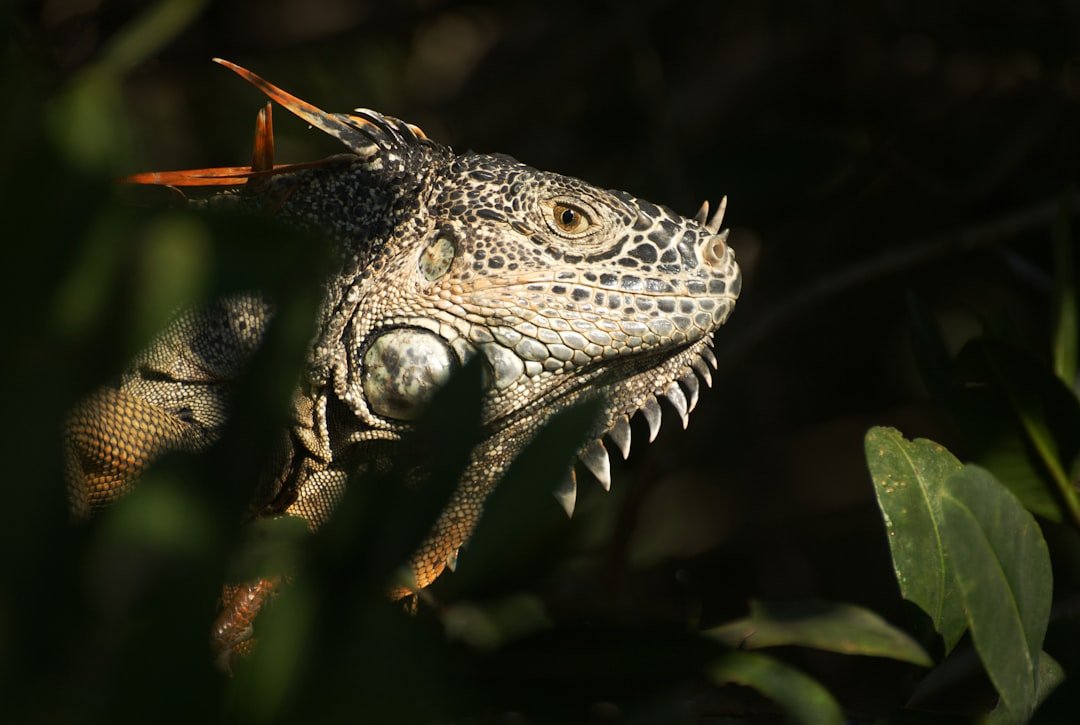
Predators shape this defense as much as the lizards do. Against a coyote that tests meals with a tentative lick, a face-targeted spray can flip curiosity into aversion faster than any bluff display. Against a hawk, it’s different: speed, cover, and the lizard’s flattened outline matter more than taste. Snakes complicate the story further because they track by heat and ground vibration, pushing the lizard toward stillness and spines over liquid theatrics. Field observations suggest horned lizards read the room and escalate carefully, saving blood for the noses that care.
That predator-specific strategy is evolution’s quiet genius: don’t just have a weapon – know when to draw it.
Why It Matters
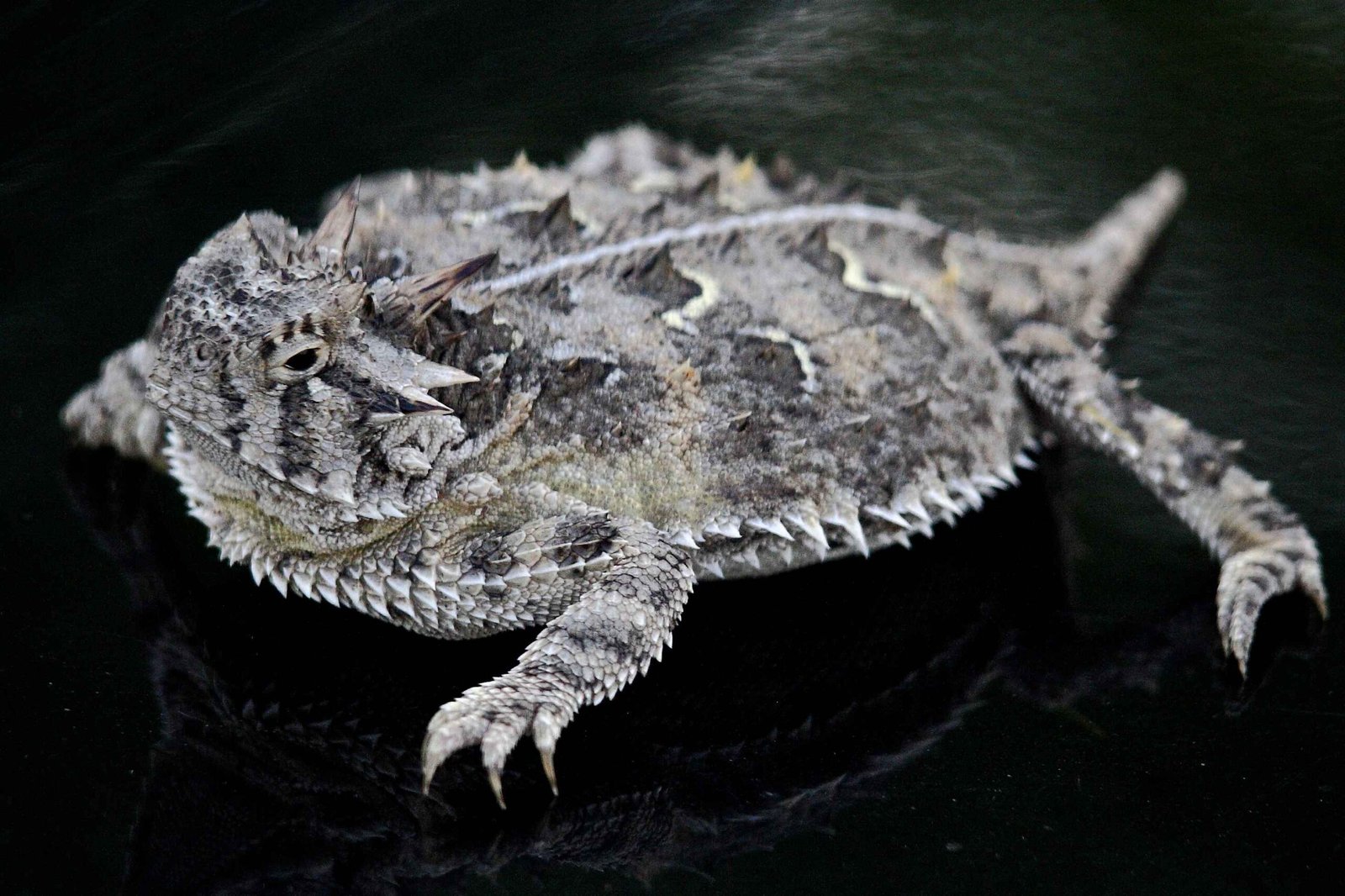
This eye-blood defense offers a compact lesson in evolution, engineering, and cost-benefit logic. Where old textbooks emphasized static “traits,” horned lizards highlight conditional tactics: behavior that changes based on who’s watching and how close they get. The biomechanics – ramping pressure quickly, then releasing it precisely – could inspire microfluidic valves or biomedical devices that need rapid, reversible bursts. Ecologically, the story connects diet, chemistry, and risk into a single survival equation with real-world conservation stakes. Horned lizards have declined across parts of their range as habitat fragments and invasive fire ants push out native prey.
So when we study a lizard that bleeds to live, we’re also studying how desert food webs, urban edges, and invasive species pressure a specialist into tighter corners.
Global Perspectives
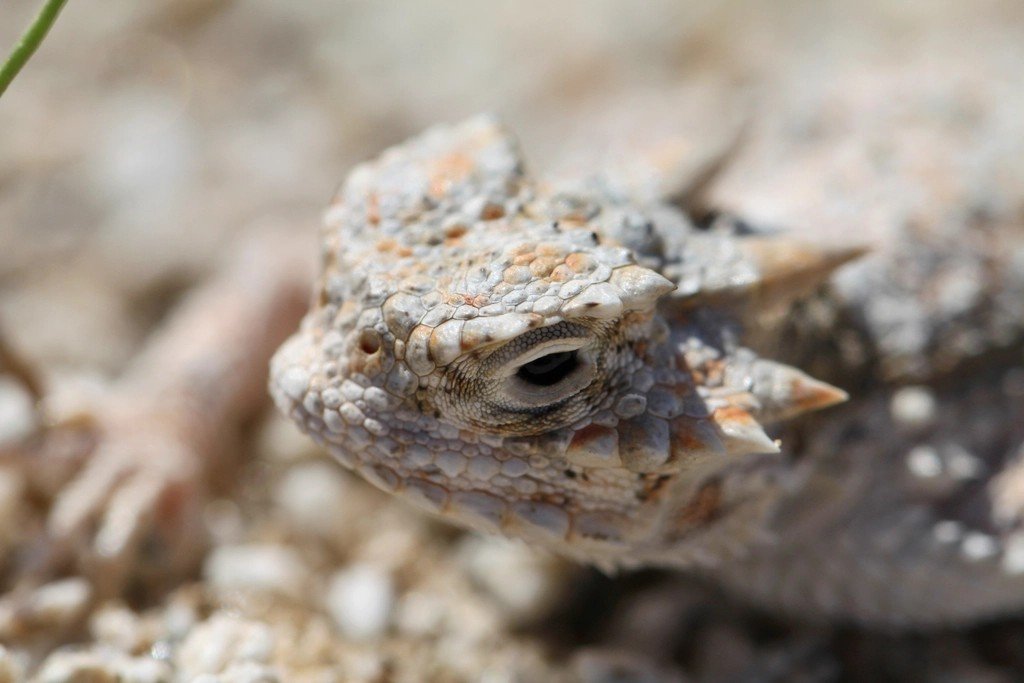
Sprays and squirts are a global theme in defense, but horned lizards play their part with rare specificity. Spitting cobras aim venom at eyes to blind, bombardier beetles launch chemical blasts hot enough to sizzle, and some frogs ooze toxins through skin; the horned lizard, by contrast, weaponizes its own bloodstream and aims for taste. That blend of accuracy, timing, and chemistry is distinctly North American, evolving in open landscapes where detection is constant and cover is scarce. It’s a desert solution, born where ants are plentiful, shade is precious, and predators patrol by sight and scent. The common nickname “horned toad” points to another truth: people meet these lizards first through culture, then through science, and both lenses shape what we notice.
Knowing that helps us tell better stories – ones that keep the wonder while tightening the facts.
The Future Landscape
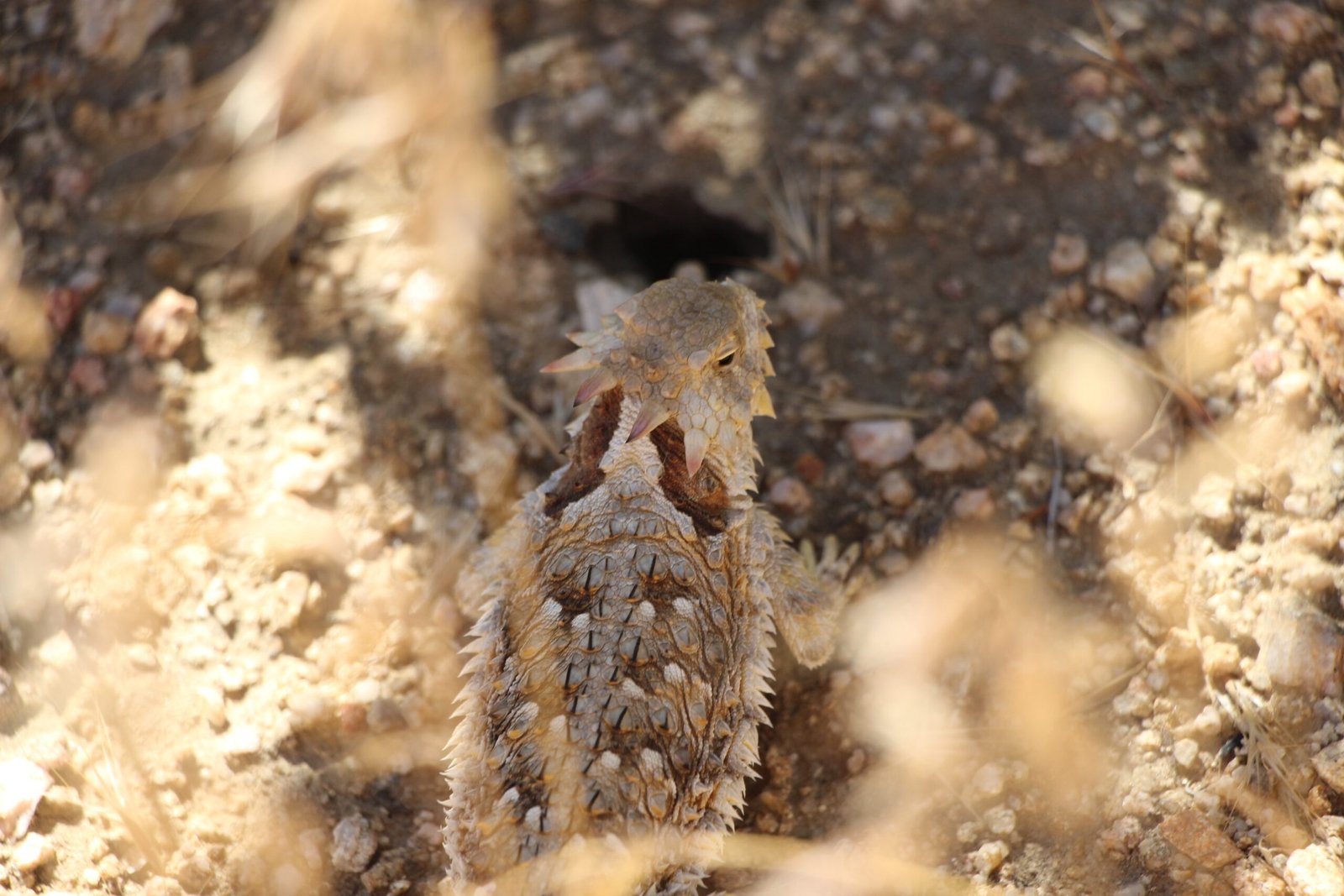
What’s next is less spectacle and more stewardship. Conservation teams are pairing genetic tools with old-school tracking to map populations, pinpoint ant-rich habitat, and guide reintroductions where the species has blinked out. Landscape projects that reconnect sandy soils and native grasses could rebuild the buffet that makes lizards thrive without resorting to desperate defenses. Researchers are also testing non-toxic approaches to curb invasive fire ants, aiming to lift pressure on native ants without collateral damage. Add in smarter camera traps and community science platforms, and the quiet, camouflaged lives of horned lizards become just a little easier to see.
These aren’t flashy fixes, but they turn the headline behavior into a long-term success story – one sand grain, one ant colony, one safe corridor at a time.
How You Can Help
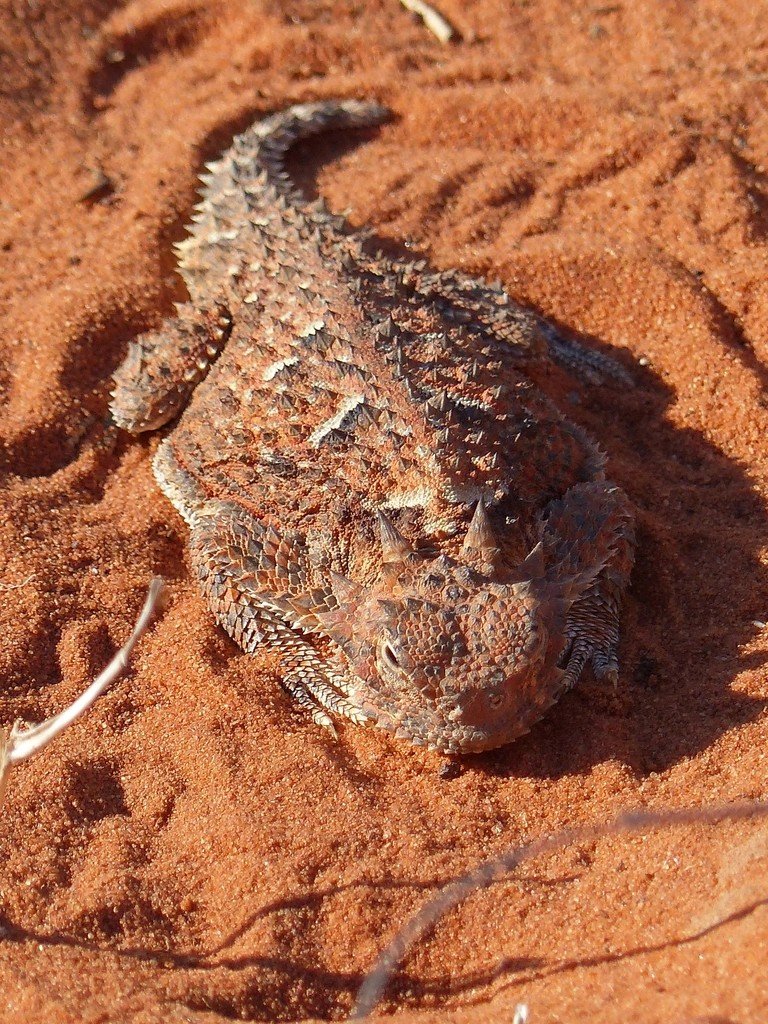
Start with patience and a soft step. If you live in horned lizard country, keep native ground cover, avoid broad-spectrum pesticides, and let native ants do their work; mowing less and leaving micro-patches of bare, sandy soil can make a surprising difference. Support local conservation groups that restore habitat and track populations, and share sightings with state wildlife programs that welcome verified reports. If a horned lizard freezes in front of you, give it space rather than nudging it for a better photo; the best encounter is the one the animal forgets. Teach kids that this “toad” is a lizard and that its strangest trick comes with a cost.
In a world that rewards the loudest stories, this one whispers until it doesn’t – then paints the air red to survive. The next move is ours; will we make quiet, patient choices that let the desert keep its secrets a little longer?

Suhail Ahmed is a passionate digital professional and nature enthusiast with over 8 years of experience in content strategy, SEO, web development, and digital operations. Alongside his freelance journey, Suhail actively contributes to nature and wildlife platforms like Discover Wildlife, where he channels his curiosity for the planet into engaging, educational storytelling.
With a strong background in managing digital ecosystems — from ecommerce stores and WordPress websites to social media and automation — Suhail merges technical precision with creative insight. His content reflects a rare balance: SEO-friendly yet deeply human, data-informed yet emotionally resonant.
Driven by a love for discovery and storytelling, Suhail believes in using digital platforms to amplify causes that matter — especially those protecting Earth’s biodiversity and inspiring sustainable living. Whether he’s managing online projects or crafting wildlife content, his goal remains the same: to inform, inspire, and leave a positive digital footprint.

